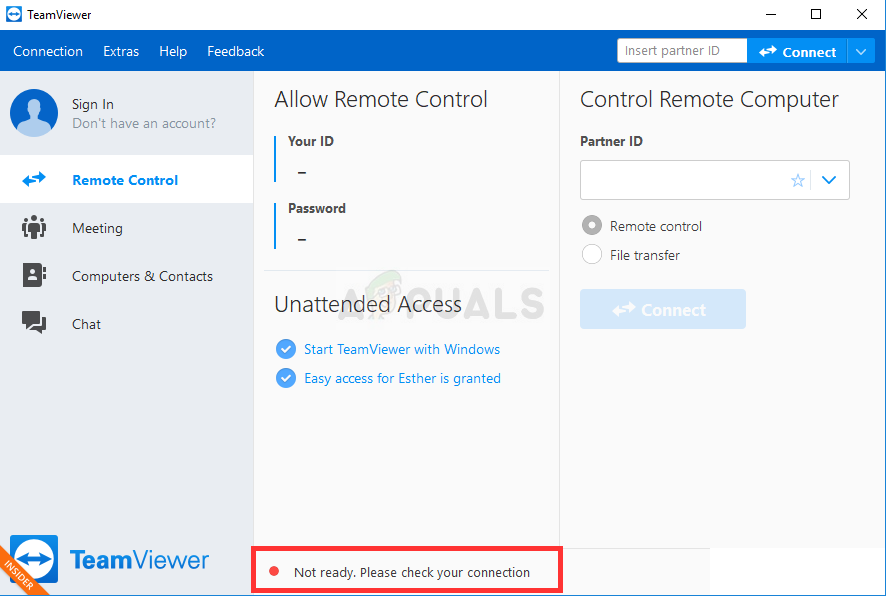

At their best, they use a mirror driver like DFMirage. VNCs use poll-based hooks for detecting screen change and brute force screen capturing/comparing at their worst. Think about how robust TeamViewer's screen-transfer solution must be to accomplish all this. Scrolling code vertically in Visual Studio has 50 ms lag time. I can browse the web just a few milliseconds slower than on my laptop. I ran a tree command on Command Prompt and it updated with 20 ms delay. Not quite sure about CrossLoop, LogMeIn - I haven't used them, but TeamViewer is insanely fast. It's just as slow as VNC (btw, I don't use the VNC protocol, just a custom amateur protocol).įrom the slowest remote desktop software to the fastest, the list usually begins at all VNC-like implementations, then climbs up to Microsoft Windows Remote Desktop.and then.TeamViewer.

Things are looking pretty good, but it's not fast enough. Then I compress the screen region as a PNG and send it off from the server to my client. Regarding screen transfer/sharing, thanks to the mirror driver, I'm automatically notified of changed screen regions and I can simply marshal the mirror driver's ever-changing screen bitmap to my own bitmap. I've gotten through basic obstacles: I have a robust UDP messaging system, relatively clean program design, I've got a mirror driver (the free DFMirage mirror driver from DemoForge) up and running, and I've implemented NAT traversal for all NAT types except Symmetric NATs (present in corporate firewall situations). I'm developing a remote desktop software (just for fun) in C# 4.0 for Windows Vista/7. Then you’re good to go and you should be able to visit both the TeamViewer homepage and actually use the program on your home broadband.Sorry about the length, it's kinda necessary. Then on the right hand side of the popup box (“Specific websites”) enter ‘’ and then make sure “Allow” is selected and click “Save Changes”. You can then click on “Choose which websites to block and allow”.

Now, you’ll need to enable “Kids Safe” mode (you can’t allow new services through without enabling it, yet it does block them?!). This link should take you straight there (you’ll need to login). Go to your TalkTalk “My Account” page then under “My Services” click on “View Homesafe settings”. However one of the sites that the system blocks is the TeamViewer site (I have no idea why). This serves to filter your home internet connection avoiding suspicious websites and inappropriate content. TalkTalk provide a service call HomeSafe to all of their broadband packages. It is a powerful tool which is free for personal use. TeamViewer is a fantastic program which allows you to remotely control your computer from other computers or your phone. By default the TalkTalk router blocks access to the TeamViewer website/app.


 0 kommentar(er)
0 kommentar(er)
